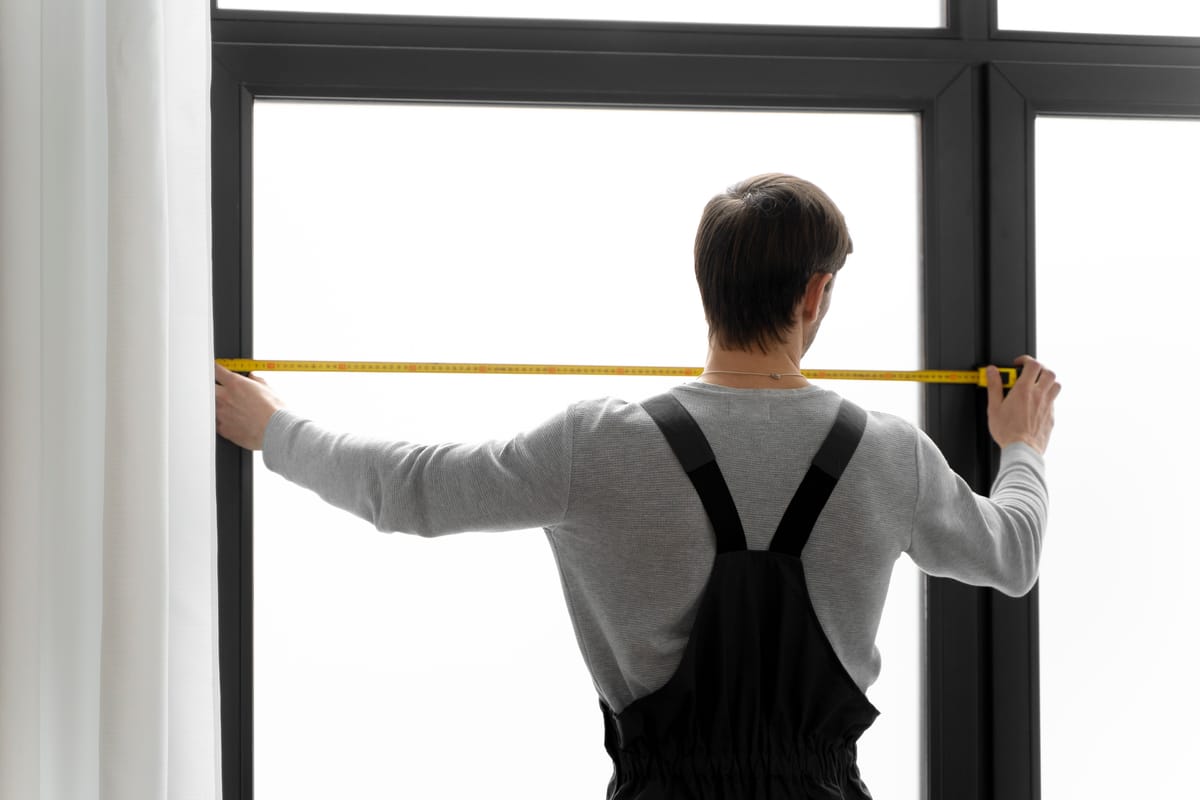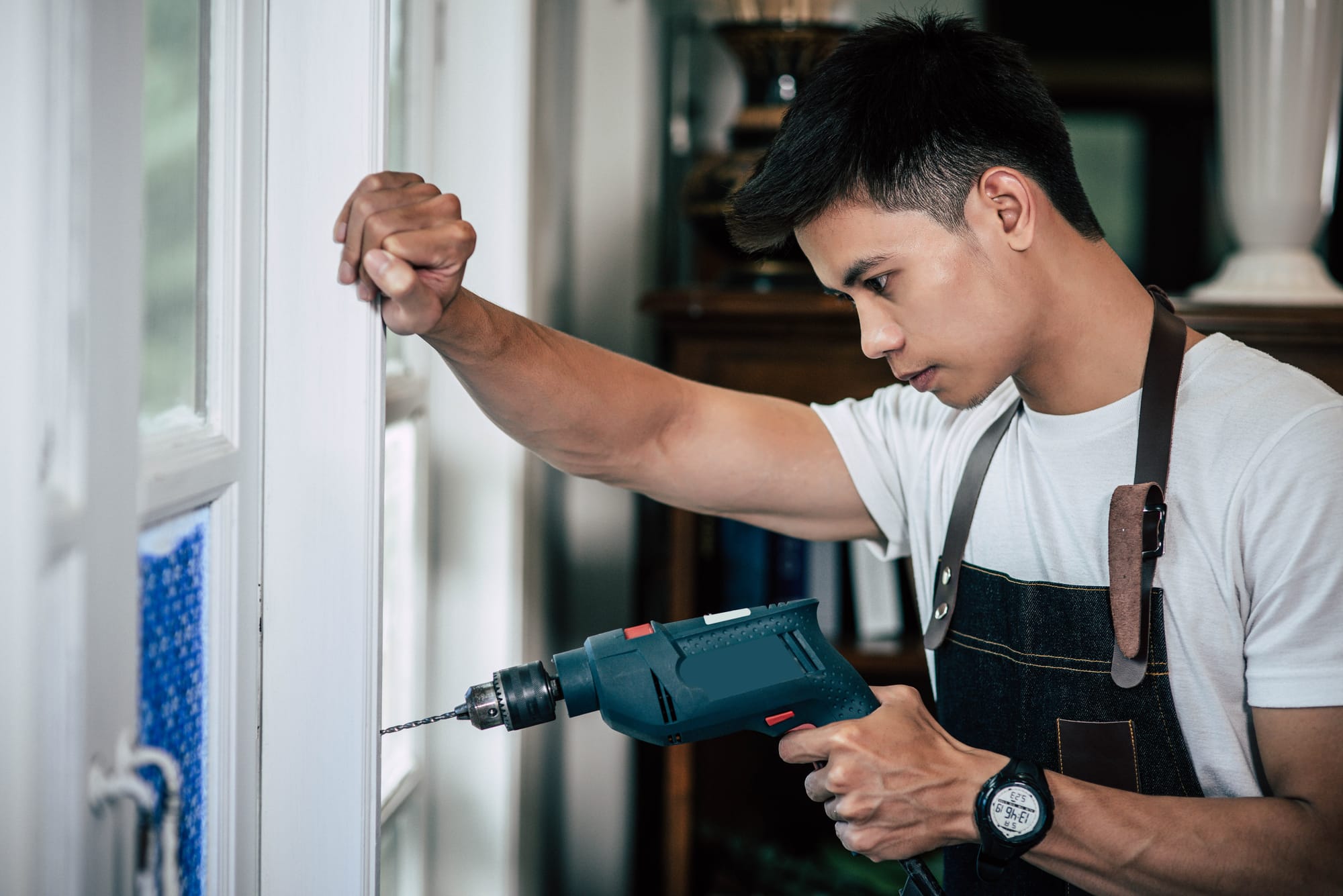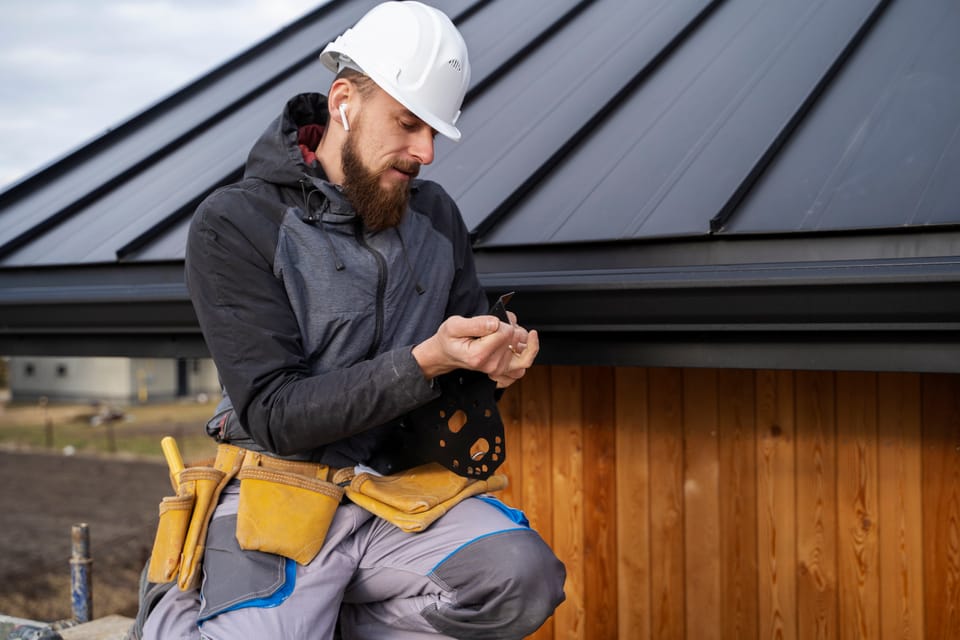How to Install Windows for Under $5,000: Expert Advice and Strategies

When it’s time to replace your windows, the costs can add up quickly. Fortunately, with the right approach, you can install quality windows for under $5,000. Whether you're looking to boost energy efficiency, enhance curb appeal, or reduce noise, it’s possible to get the job done without breaking the bank.
Here’s a step-by-step guide filled with expert tips to help you save money while ensuring a professional result.
1. Plan and Budget Wisely
Before diving into the window replacement process, it’s crucial to set a clear budget. Research the average window installation costs in your area, which typically range between $400 to $1,200 per window, including labor.
To stay under $5,000, you’ll want to balance quality with quantity—aiming to install fewer windows at a higher quality or more budget-friendly windows with reliable features.
Pro Tip: Focus on windows that add the most value to your home, such as those facing busy streets (for noise reduction) or rooms that get extreme weather exposure.

2. Choose the Right Window Material
One of the biggest factors affecting window installation costs is the type of material used. Here are some budget-friendly options:
- Vinyl Windows: Durable and energy-efficient, vinyl is often the most affordable option, averaging $300 to $700 per window.
- Fiberglass Windows: More expensive than vinyl but still affordable, fiberglass costs about $600 to $900 per window. It’s known for durability and better insulation.
- Aluminum Windows: Priced between $400 to $1,000, aluminum windows are sturdy but may not offer the same insulation as vinyl or fiberglass.
Pro Tip: Vinyl windows are your best bet if you're aiming to maximize savings without sacrificing durability and energy efficiency.
3. Opt for Standard Sizes
Custom-sized windows significantly raise your overall costs, especially if your home has unique architectural features. Standard-size windows are mass-produced and much cheaper to install.
Measure your window openings to determine if they match standard sizes, and, if possible, avoid resizing or reframing, which will only increase labor costs.
Pro Tip: Take careful measurements to ensure you can use stock windows. They’re much cheaper and easier to source from big box stores or window suppliers.
4. Install Energy-Efficient Windows
While energy-efficient windows may come with a slightly higher upfront cost, they can save you money in the long run through lower heating and cooling bills.
Look for windows with Energy Star ratings, double or triple glazing, and low-E coatings.
Pro Tip: Many states and energy companies offer rebates or incentives for homeowners who install energy-efficient windows. Check your local programs to see if you qualify.

5. Get Multiple Quotes from Contractors
Window installation is labor-intensive, so choosing the right contractor at the right price is key to staying within budget.
Request quotes from at least three contractors to compare prices, services, and warranties.
Don’t automatically go for the lowest bid—ensure the contractor is reputable, licensed, and insured.
Pro Tip: Some contractors offer discounts for bulk installations, so if you’re replacing multiple windows, ask about potential deals or package pricing.
6. Consider a DIY Approach for Simple Installations
If you're handy with tools and comfortable with construction projects, you might consider a DIY installation for some or all of your windows.
This can save you significant money on labor costs. However, for larger or more complex installations, it’s usually better to leave the work to professionals.
Pro Tip: Start with one window to test your skills. If the process goes smoothly, you can tackle more, but if it feels overwhelming, call in the pros before making any costly mistakes.

7. Time Your Purchase Right
Timing can impact your window replacement budget. Many window manufacturers and retailers offer seasonal promotions, discounts, or clearance sales.
Look for deals during off-peak seasons like late fall or winter, when window contractors may be less busy and more willing to offer competitive pricing.
Pro Tip: Shop around for windows at large home improvement stores, as they often have clearance sections where you can find high-quality windows at discounted rates.
8. Use Financing or Payment Plans
If paying for window installation upfront isn’t feasible, explore financing options.
Many window companies or contractors offer financing programs, allowing you to break up the costs into manageable monthly payments.
Just be sure to read the fine print and confirm there are no hidden fees or high interest rates.
Pro Tip: If you opt for financing, choose a 0% interest option if possible, and make sure the total cost fits comfortably within your long-term budget.
9. Maximize Warranties and Guarantees
A reliable warranty on both windows and installation can save you money in the long run by covering repairs or replacements due to defects.
Make sure the warranty covers both the product and the labor.
Pro Tip: Look for contractors who offer lifetime warranties on their work, as well as manufacturers who provide coverage for product defects.
10. Don't Skimp on Quality for Short-Term Savings
While it’s tempting to go for the cheapest option available, remember that poor-quality windows may result in higher energy bills, frequent repairs, and a shorter lifespan.
Strike a balance between affordability and durability, ensuring that the windows you install will last for years to come.
Conclusion
Installing windows for under $5,000 is possible with careful planning and strategic choices. Whether you're replacing a few key windows or upgrading the entire house, follow these expert tips to get the best value for your investment without sacrificing quality. Keep in mind that every dollar spent wisely now can save you even more in the future, thanks to lower utility bills, increased home value, and reduced maintenance costs.



